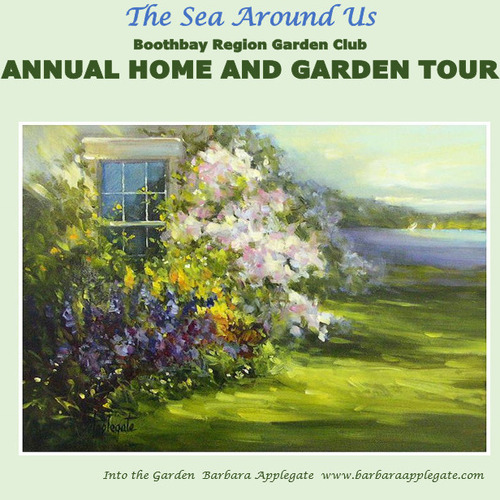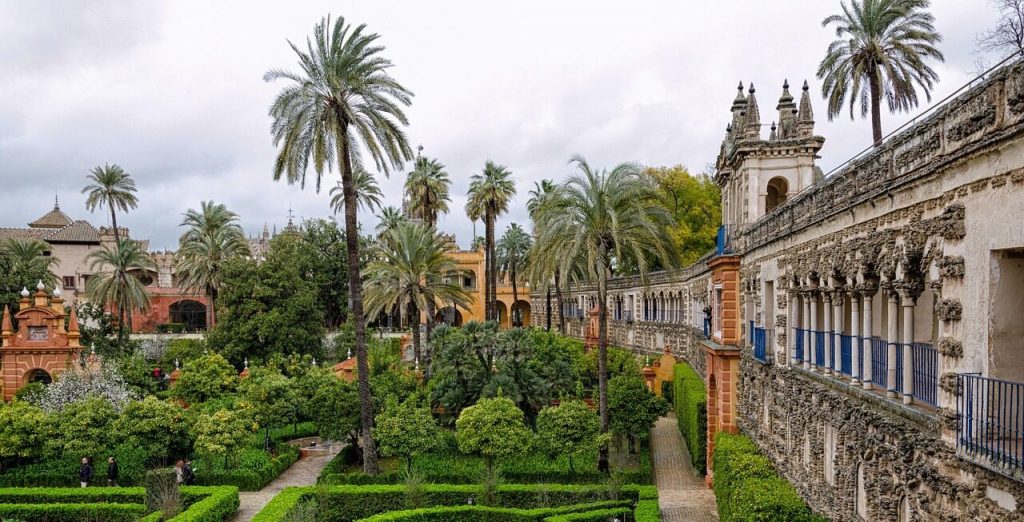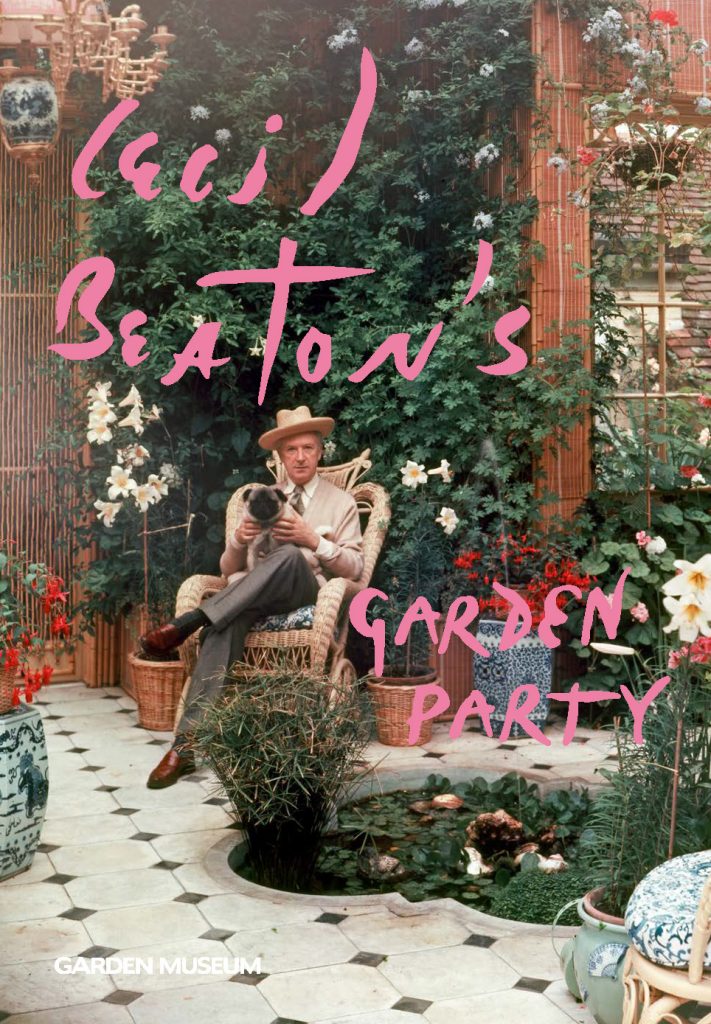Saturday, August 16 – Drawing on the Land: A Design Symposium
Spend the day on Saturday, August 16 with Berkshire Botanical Garden at Rockland Farm in Canaan, N.Y., for an immersive symposium on ornamental garden design. Hosted in a beautifully restored barn surrounded by gardens, this event features presentations from Roy Diblick, Kathryn Herman, Frances Palmer, and Dean Riddle. Morning refreshments and lunch are included. The day will conclude with cocktails and a guided tour by our hosts, Madeline and Ian Hooper.
Roy Diblick is co-owner of Northwind Perennial Farm in Burlington, Wis. He has been growing traditional and native perennials since 1978. His garden designs emphasize plant relationships to maintenance strategies and costs. Diblick’s design and planting projects include the Louis Sullivan Arch for the Modern Wing of the Art Institute of Chicago and the lakeside plantings at the Shedd Aquarium. He recently designed the perennial plantings for Scott Byron’s new garden design for the Chicago History Museum and a 12,000-square-foot gravel garden for the Argonne National Laboratory, which houses the world’s biggest computer. His book The Know Maintenance Perennial Garden (Timber Press) highlights his perennial gardening practice.
Kathryn Herman is the principal at Kathryn Herman Design, based in New Canaan, Conn. With 28 years of experience, she brings a rich horticultural background, a deep appreciation for architecture and insights gained from extensive global travel to her residential and commercial projects across the United States and internationally. Her thoughtful and sophisticated designs have earned widespread recognition, including multiple Palladio and Stanford White Awards, as well as honors from the Connecticut and New York Chapters of the American Society of Landscape Architects. Her work has been featured in leading publications both in the U.S. and abroad, including Veranda, House & Garden UK and Architectural Digest. In 2012, Kathryn was inducted into the New England Design Hall of Fame for her contributions to landscape architecture in the region. She was named a “Star of Design” by the Pacific Design Center in 2017, and in 2018 she received the prestigious Arthur Ross Award.
Frances Palmer has been working in ceramics since 1987. Though trained as an art historian, she has always been drawn to creating with her hands. She began as a printmaker, but over time her creative practice evolved to include pottery and gardening — two disciplines that, like printmaking, transform ideas into tangible form. Palmer doesn’t create or cultivate to keep things for herself; instead, she finds joy in sending her work out into the world for others to use and appreciate. Her ceramics—whether everyday dishware or distinctive vases — are functional pieces of art, thoughtfully handmade and intended for daily life. Each one, regardless of size or shape, is treated as a unique expression. She feels honored to know that her work is part of people’s lives across the country, especially when it’s present during shared meals, celebrations, and the simple joys of gathering with others.
Dean Riddle first fell in love with the native plants of the southern Appalachians. That passion led him to spend a year interning at Hillier Nurseries in Hampshire, England, where he cared for a renowned collection of shrubs and trees. Still, tucked in the back of his mind were memories of his grandmother’s garden, bursting with ripe tomatoes and colorful zinnias. Later, when he found himself in the Catskills, he planted a kitchen garden for his friend Kate Pierson, singer of the B-52s. “I had gone from being a snooty horticulture student, obsessed with orchards and rare woody plants, to growing a kitchen and flower garden where I could simply go out and pick fresh lettuce,” he told The New York Times. Since 1990, he has run a small garden design/build company in the Catskills and Hudson Valley. Riddle is the author of the book Out in the Garden: Growing a Beautiful Life (HarperCollins). He lives in Livingston Manor, N.Y.
Register at https://www.berkshirebotanical.org/events/drawing-land-design-symposium BBG members $120, nonmembers $150.










